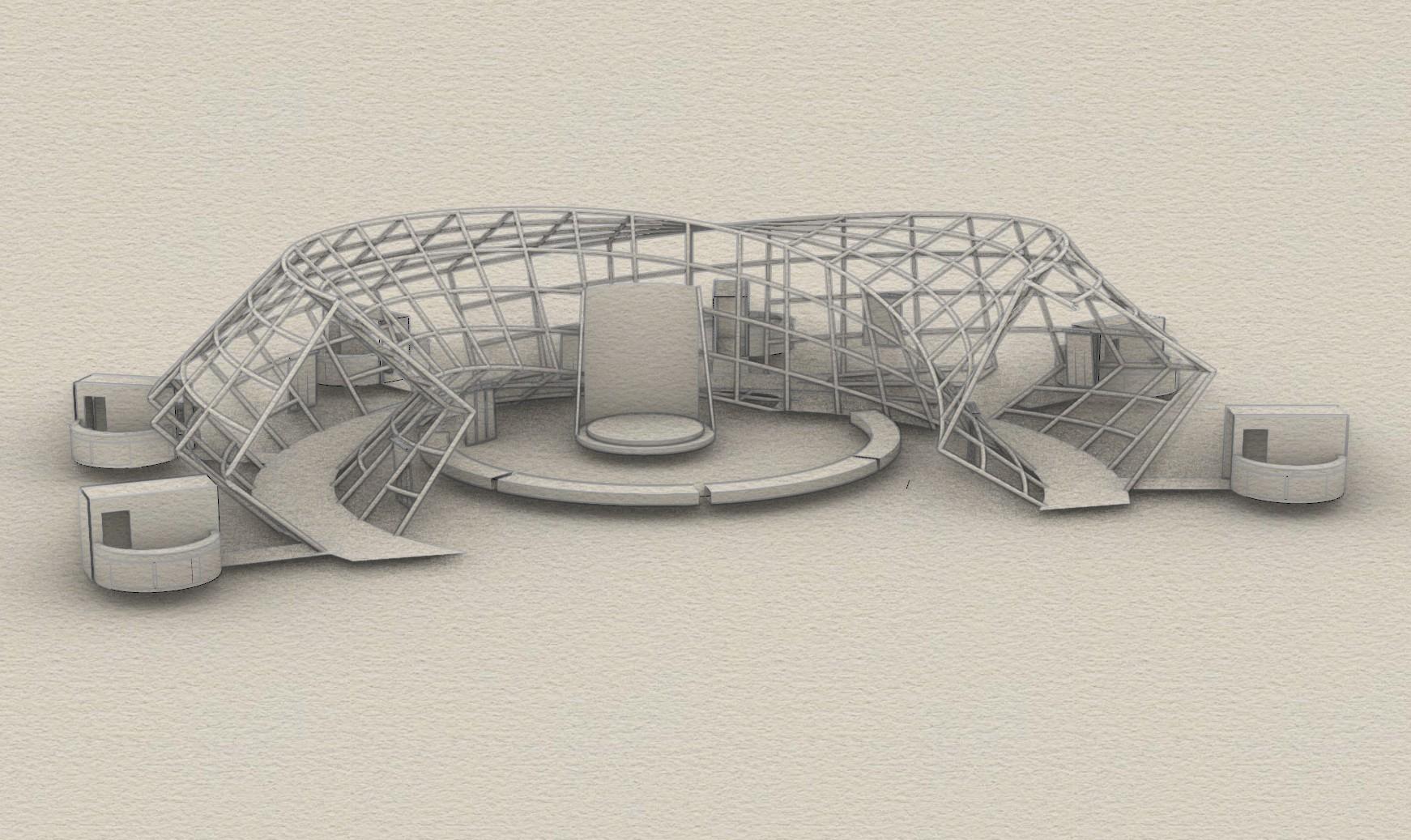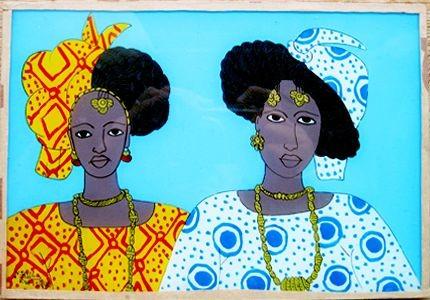
1 minute read
PLANS, VIEWS AND RENDERINGS
from Making a City


Advertisement

A central location for craft markets – tourists will know where to go to purchase souvenirs and crafts. Formalised and put ‘on the map’.
Remarks
Central ‘hub’ feel, brings the community into a centralized space.
Constructed with aid of local companies to help local businesses
Construction materials are sustainable and cheap. Wooden rods can be locally sourced and bonded to create the ‘frame’ of the building. Open air in order to not trap the heat from the region. Floor is made from sand/clay. The booths would be the sole driver for imported materials, but could also be adapted to require local wood and bricks.
The central stage and bleacher style seating allows for guest speakers and performers.
Double sided market booth – interior is a lockable space to provide a sense of safety to the vendors.
Workshops can easily occur and the bars provide a viewing space for many to watch.
Examples of the kinds of images in the gallery

This art gallery will function as a vital tool for enhancing awareness about the pivotal significance of informal economies in forging a nation's identity by exhibiting the assorted cultural and economic practices that influence a society's social construct. Through the display of creative products and practices of informal economies, the gallery will establish a discourse surrounding the cultural relevance and economic value of these practices, while encouraging visitors to participate in dialogues that promote a more comprehensive understanding of the multifarious contributions of informal economies to national identity and economic progress..
Here, I include some examples of artwork and photography that could aid this cause and provoke meaningful dialogue.
1. Senegalese Glass Painting ‘Afrocentric Hairstyles’.

This mixed media piece speaks to the importance of hairstyling in Senegalese culture, by placing emphasis on the beauty of the women's’ hair. The work also showcases the vibrant and intricate fabrics that the women of the region adorn themselves in, speaking to the skill of textile workers.






